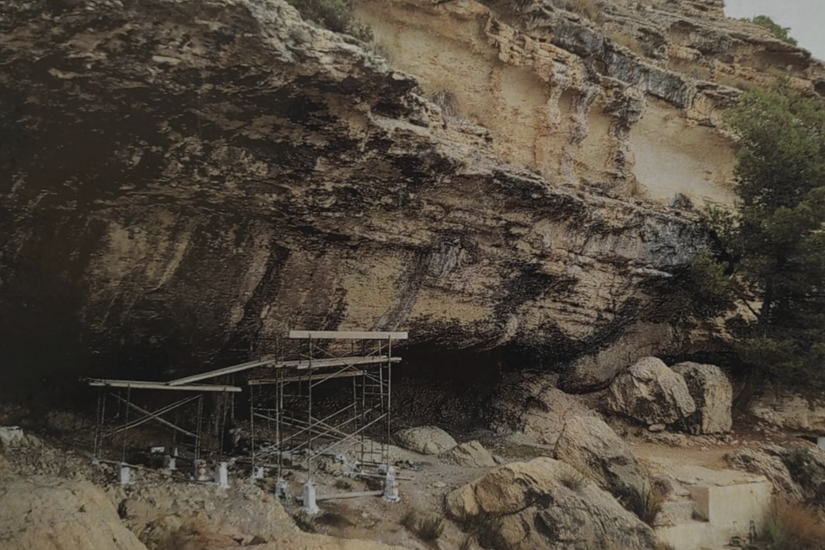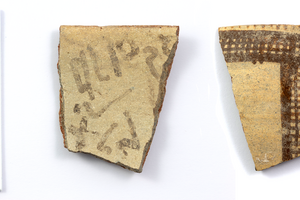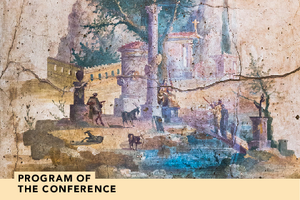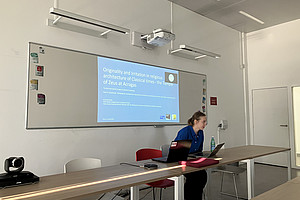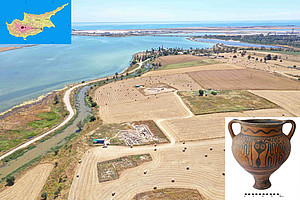It is estimated that about a hundred texts (tituli picti) must have been written in the rocky shelter called Cueva Negra, in Fortuna (Murcia, Spain). Of these, a little more than thirty allow us to read more than just single letters. Only about twenty give valuable information to know their meaning. The task of deciphering them, between 1980 and 2000 approximately, has been extremely difficult, both because of the inaccessibility of the site and the deterioration of the signs. The joint work of philologists and epigraphers has been spectacular, but at the beginning of the 21st century a situation was reached in which apparently no further progress was possible. The discovery that some texts were versified and had immediate echoes in the Aeneid and Virgil's Eclogues, as well as presumed references to Ciceronian texts, among other authors, led to the analysis of literary references and their consequences.
On the other hand, the theonymic or allegorical mentions of certain divinities led the epigraphists to identify the site as a sanctuary dedicated to the nymphs, to Asclepius or his Punic ancestor Eshmun, to the Phrygian divinities Cybele and Attis, or to Bacchus. Rituals were held there on certain dates, with votive offerings and written records of the acts performed.
The dilemma in interpretation was a simple one: literature or religion?
After twenty years of silence, the resonance has allowed me to interpret the meaning of such an unusual monument in a different way.
Guest lecture by Prof. Jaime Alvar Ezquerra on Transforming the landscape: Writing, experiencing and Resonanz. La cueva Negra de Fortuna (Murcia) as a case study
Thursday, 12 January 2023
